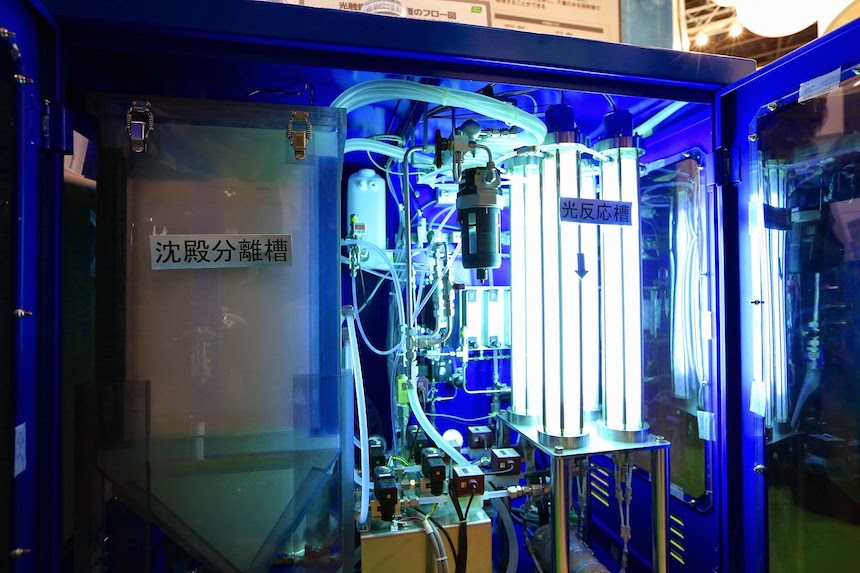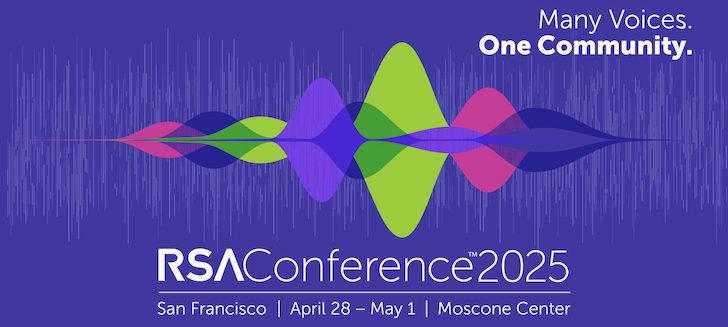
Innovative technologies can provide cost and reliability benefits for drinking water systems, but new and innovative technologies are only infrequently applied to small drinking water systems. There are many barriers to technology adaptation, and state agency approval is an important one for small systems. The main objective of this study was to identify barriers at the state agency level to approving new technologies and ways to overcome those barriers.
A survey was sent to each state drinking water agency in collaboration with the Association of State Drinking Water Administrators; the survey received an 82% response rate (40 of 49). The online survey included 16 questions regarding the review process for new technologies, the capabilities and availability of the agencies’ staff, barriers to acceptance of innovative technology, what is necessary to overcome those barriers, and interest in sharing information across state agencies.
To better understand the breadth of technology acceptance, the survey asked state agencies if each of the 14 specific technologies that were at various stages of adoption for small systems had been accepted for application within their jurisdiction. An example of the results is illustrated in Figure 1 for low-pressure ultraviolet disinfection.
Not all states had accepted each technology, and the pattern of states that had accepted each specific innovative technology was not consistent.
The results from the survey indicate that innovative technology is not frequently considered for small drinking water systems. There is not a standard approach to accepting innovative technoloy used by the states. Most state agencies responded that their staff do not always have a sufficient technical background to evaluate many new technologies. Before the acceptance of a new technology, most states require performance data from pilot studies, preferably performed within their state.
The two most significant barriers identified in the survey were (1) having insufficient time, staff, and expertise to evaluate new technologies and (2) having inadequate performance data to ensure a technology is going to perform as expected. These barriers are similar to those that have been identified in previous studies, and overcoming them will require support from all sectors of the drinking water industry, including utilities and manufacturers.
This survey also showed interest among the states to reduce the complexity and duplicative efforts for new technology acceptance and to facilitate development of nationwide criteria to be used in evaluating new technologies for small systems. The state agencies were interested in sharing their knowledge and expertise among their peers to benefit both technology acceptance and drinking water compliance for their regulated water systems. Some new treatment technologies have been implemented in several states; the next step is to identify ways that this information can be shared with those that need it.
Corresponding author: Bruce I. Dvorak is a civil engineering professor at the University of Nebraska– Lincoln, N120 SEC Link, POB 886105, Lincoln, NE 68588 USA; Bdvorak1@unl.edu.
DEANNA T. RINGENBERG , STEVEN D . WILSON , AND BRUCE I . DVORAK https://doi.org/10.5942/jawwa.2017.109.0096
Full text of extended summary is published in Journal AWWA


